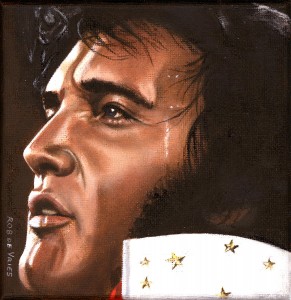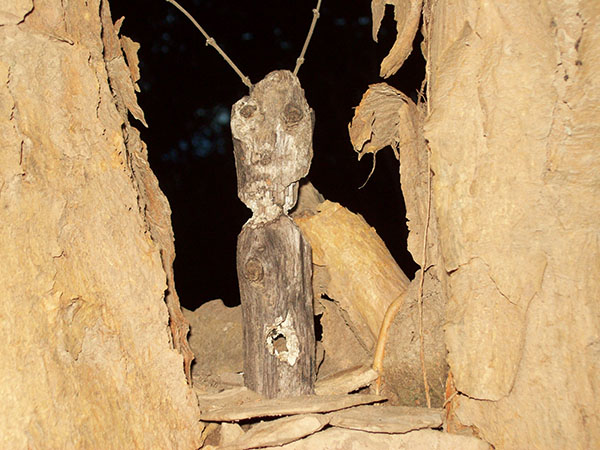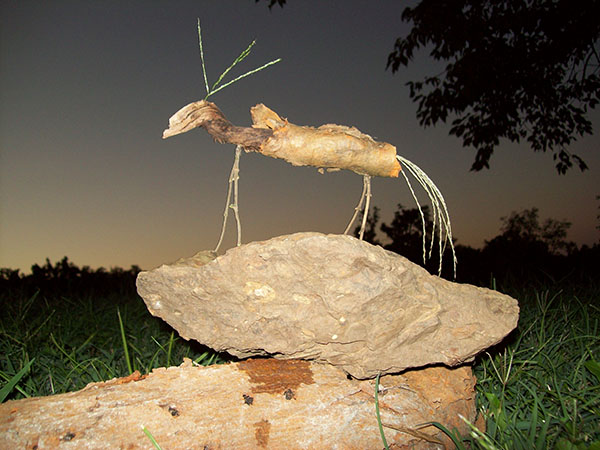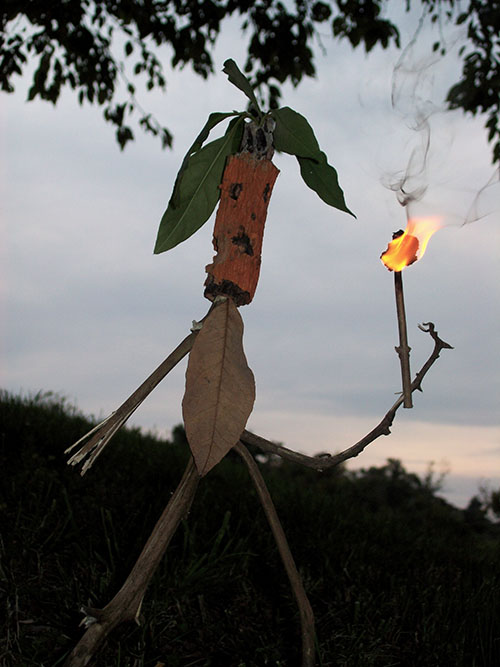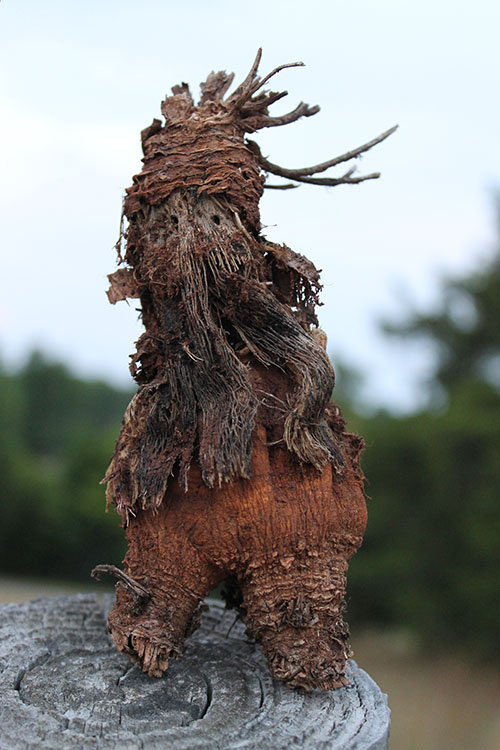Carl Phillips is the author of twelve books of poetry – including the forthcoming Silverchest (2013), Double Shadow (2011), and Speak Low (2009). His work has been honored with the Samuel French Morse Prize, the Lambda Literary Award, the Kingsley Tufts Poetry Award, and the Los Angeles Times Book Prize. Currently, he teaches at Washington University in St. Louis. A past and current contributor to The Journal, Carl recently spoke with Poetry Editor Michael Marberry regarding the role of inspiration in his writing process and why animals appear so frequently in his work.
Michael Marberry: We’re so excited to have two of your poems (“Moralia” and “Rockabye”) in our special 40th Anniversary Issue of The Journal! Tell me: what inspired these two wonderful poems? To what extent do you see them being in conversation with or against one another? Are they from an upcoming project?
Carl Phillips: I’ve never been a writer who has a project or agenda from the start, so I have no idea where these poems are leading or whether, in fact, they will ever end up being in a book. I just write, and eventually – usually after about fifty poems or so – I think I may have reached a point where something is finished. There’s a sense of needing to stop. And I go through the poems, figure out which ones are speaking to one another, in which ways, etc., and I go from there.
About the two poems in The Journal, I’m already alarmed that there is a stag in both of them…
MM: That’s true: there are stags in both those poems, and they’re “broken” and “bloated” stags to boot! Oddly enough, I once had a conversation with a colleague about recurring poetic imagery; and he insisted that deer (of various shapes and sizes) seem to be a hallmark of many poems – especially work by contemporary gay poets. I’m not sure if that’s true or not, but it does make me wonder: are there images, symbols, allusions, subject matter, etc. that you feel personally drawn and redrawn to as a writer? If so, what are those images and why do you think you’re drawn to them specifically? Conversely, are there images, symbols, allusions, etc. that you try to avoid? Is everything “fair game” at any time in your work?
CP: I don’t think deer are particularly linked to gay poetry, as they appear in many people’s poems. But as for why they – and raptor birds, the ocean, certain trees like sycamores, pines, and bamboo – appear in my poems, they happen to be the things that figure into my daily life.
I think that I write from my life, which of course has to include the things that constitute a world for me. It’s not uncommon, even in a city like St. Louis, to watch a hawk swoop down and destroy a mourning dove in mid-air. It happened twice in my backyard last winter. Similarly, on Cape Cod, where I spend time in the summer, deer emerge from the woods, and the ocean is everywhere.
I also will say that I’m drawn to animal life in general because I’m always thinking about the lack of self-consciousness that animals have, along with what I think is a lack of morality – as opposed to humans, who are always wrestling with such issues.
MM: You’ve been a great contributor for The Journal for many years. From what I can tell, your first appearance in The Journal was way back in issue 17.1, published in 1993. Think back for a moment: what was your writing life like back in the early to mid-1990s? How would you characterize your writing from that time period? How has your writing evolved from then until now? Is there anything that you wish you could tell your younger, 1990s-era self about writing, life, love, etc.?
CP: My writing life back then was a lot more regimented, I suppose. I wrote almost every day at some point, but I also made a point of reserving Sundays for writing – the entire day, if necessary. I’m not necessarily busier now. But I do have more responsibilities – most of them to do with day-to-day home life – which means that I don’t have regular writing time anymore.
I am more likely to come up with an idea around midnight on the sofa with the dog, and I run with that idea for an hour or so. And then I hope in the morning that I caught something that might equal a poem eventually.
MM: It’s very interesting to hear you talk so candidly about your writing process. The evolution of your own writing process makes me think of a topic that is important to a lot of writers: the tension surrounding “inspiration.” Should one wait to be inspired to write? Or does one create his/her own inspiration, so to speak, by willing the poem into existence? What advice do you give to your own students regarding this “problem” of inspiration?
CP: I believe that each person should write in whatever way works for him or her. It’s funny: I hardly ever think about all of these things that so many people – including my students – spend time talking about!
I’m not able to write to assignment. I’m not able to force inspiration. So I just live my life, waiting for a line to float into my head, often triggered by something I’ve seen in the world, which is the reason for spending a lot of time outdoors, trying new things, and taking chances. I feel that’s a boring answer, but it’s an honest one.
MM: Last question: as I said, we’re celebrating our 40th Anniversary this year at The Journal, which obviously gives us a good opportunity to look back at last 40 years of poetry, fiction, and nonfiction writing. But let’s look forward too! Let’s speculate (wildly?)! You’re in a unique position in that you not only write some wonderful poetry but, as judge of the Yale Younger Series and the Tufts Awards, you also get to read lots of wonderful poetry written by up-and-comers and experienced poets alike each year. Where do you see poetry heading in the next 40 years? What excites you about where we’re going as a writing community? What concerns or distresses you? Where would you like to see us go, moving forward?
CP: What I hope, as we go forward, is that poets will never lose sight of the fact that we are vulnerable, feeling creatures with not only the ability but the need to give meaningful expression to those feelings. Love is real, as is the loss of it. The fact of feeling doesn’t have to be somehow made distant by easy irony.

